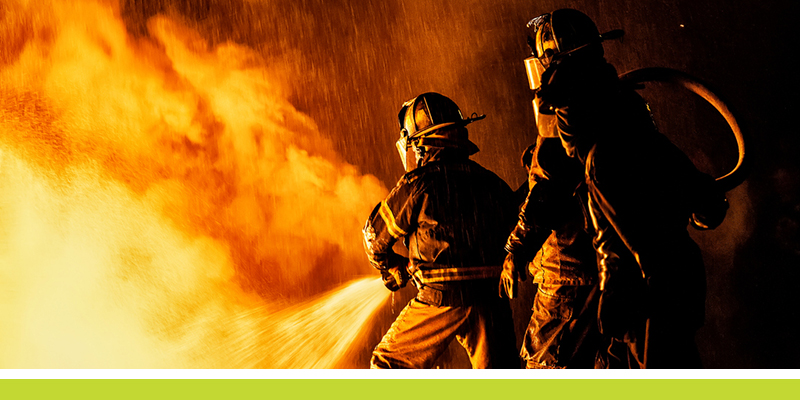
In a previous blog we talked about FirstNet, and this entry may be seen as a sort of follow-up. Although you may have heard of FirstNet, what with the rapid changes in the wireless connectivity world coming at us so fast these days, you may have missed HPUE. If you did, I am glad to be able to tell you about it.
In addition to all the cool FirstNet capabilities, there is yet another first responder supporting regulation regarding Band 14. Buried in Release 11 of 3GPP’s LTE Standards was a provision for High Power User Equipment or HPUE. HPUE allows for the use of higher transmit power devices in Band 14. This higher transmit power is specified at +31 dBm (versus the standard transmit power of +23 dBm), and in the subsequent Release 14 of the 3GPP LTE standard, Band 41 was also gifted the higher transmit power. So, we now have Band 14 (700 MHz FDD) and Band 41 (2.4 GHz TDD) both supporting HPUE transmit power levels.
So how does HPUE help with FirstNet? The additional 8 dB of transmit power does a couple of things; it increases coverage range in suburban and rural areas and improves signal penetration into buildings and structures in more developed areas.
Increasing range is important to first responders as they never know where an emergency is going to happen, and ensuring network coverage can be vital to the success of their efforts. Using HPUE’s additional transmit power, reliable network communication coverage can be greatly expanded, adding additional miles of range to the nearest cell tower. Some studies have shown an 80% increase in range to the nearest cell tower using HPUE, as well as more than tripling the coverage area of a base station. In the real world, that means that search and rescue personnel can maintain communication to a much greater degree than they would otherwise, raising the efficiency of search operations when time is of the essence. In a natural disaster scenario such as a hurricane, an emergency response team can have a working network up in place much more rapidly and covering much wider area using HPUE due to the need for fewer mobile towers spaced farther apart.
However, distance is not everything. The greater signal strength works to penetrate better into buildings and other structures, providing firefighters the ability to maintain communication while deep in the middle of an office building. This communication can be vital to a firefighter’s ability to not only put out the fire but also find and rescue those trapped while also maintaining their own health and safety. Radio beacons from those trapped in a collapsed building have a much better chance of being received when using HPUE.
Both of the above benefits make for a large positive impact of HPUE. However, even in the presence of good network coverage, HPUE will still allow the network to achieve an increase in data link speeds by providing greater throughput optimization.
As used in Band 14, priority and preemptive use of all FirstNet features, as well as HPUE, falls to authorized first responder users. However, due to AT&T’s policy of allowing all users to use all AT&T bands (with the caveat of priority and preemption by first responders as needed), HPUE is available to be used by anyone with the correct equipment, thus bringing the benefits of HPUE to the general public much of the time. For non-emergency responders, this could mean finally getting network connectivity at a remote location, or enabling such things as remote meter reading from a device located deep within large buildings.
Who makes HPUE equipment? The first portable battery-operated device to operate with HPUE capabilities in an actual field operation was a device called the HPUE Band 14 Personal Gateway, which was offered by Assured Wireless Corporation in early 2017. Assured Wireless now makes several different devices that are fully compliant with 3GPP specifications for HPUE and operate at the full +31 dB maximum transmit power level. Tests on networks around the US show the ability of their HPUE equipment to operate with any LTE Band 14 network with reliable performance that either provides a connection or stays connected in areas where all existing standard-power LTE devices fail to connect.
About The Author

David Smith
VP of IoT Solutions
Dave Smith is the Vice President of IoT solutions with responsibility for technical advisement and thought leadership around products, solutions, and services; both inside and outside of the GetWireless portfolio. Dave is a tenured information technology professional skilled in LPWAN, IoT, Wireless Technologies, Telecommunications, Software Development, Testing, and Embedded Systems. David began his career at NASA’s Jet Propulsion Laboratory and prior to joining GetWireless served as CTO and Director for two Innovative IT and IoT hardware manufacturer’s in the Twin Cities area.
